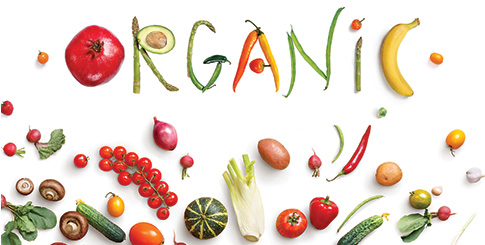“I see a lot of organics going to processors,” DeBlouw continues. “When you’re processing things, you’re chopping up the whole plant, so you’re using all of it,” he says. “Our society is one of convenience; we have less time and we’re working harder, so I think we’ll continue to see this trend in packaged, prewashed organics for now.”
By contrast, Shane Stephens, organic buyer at Spokane Produce, Inc. in Spokane, WA doesn’t see much growth in fresh-cut. The company, which sources 80 percent conventional and 20 percent organic, does process fresh-cut but only with conventional produce items. “We’ve thought about doing fresh-cut in organics a million times, but we haven’t done it because of the cost,” he admits. “By the time you put cost, labor, and packaging into the equation, it’s too expensive at retail. The margins are already thin,” he says.
Agorastos at Arizona Sky has seen rising demand for fresh-cut and processed produce, but notes growth is not nearly “as intense as the trend toward fresh organic.”
DiSilva Fruit has taken a different approach and started its own organic juice line. Czajkowski got the idea by talking to growers and hearing about how they all had fruit that wasn’t attractive enough to sell. Fortunately, looks have little to do with taste—so Czajkowski set about exploring ways to use her growers’ ugly or misshapen produce, and the juice line was born.
“Our juice is really simple: I choose the lots I send [for processing] based on what I think will taste best,” Czajkowski says. “If it takes off, then we have to figure out how we get into the value-added sector with organics.”
Challenges and Solutions
When it comes to maintaining organic supply, there are plenty of obstacles. The path to becoming a certified organic grower is long and laborious, as it takes three years to transition acreage and ensure everything meets standards from planting and harvesting to packing and shipping. Growing in and of itself is an exercise in patience and tenacity; for organics, most would say it takes a bit more.
The good news is more growers are taking the plunge. According to the U.S. Department of Agriculture (USDA), there’s been a sizeable uptick (70 percent) in certified organic farming operations since 2008. Better yet are incentives to help more growers embrace the three-year transition, with a consistent boost in federal funding and support, including additional dollars going into research.
The bad news is a schism within the industry itself. Late last year the National Organic Standards Board decided that crops grown hydroponically—in water solution and not in the ground—were eligible for organic certification. The decision riled many throughout the organics community, turning into a hotly debated and contentious issue, pitting organic growers and food activists against high-tech growers and some big agribusiness companies.



